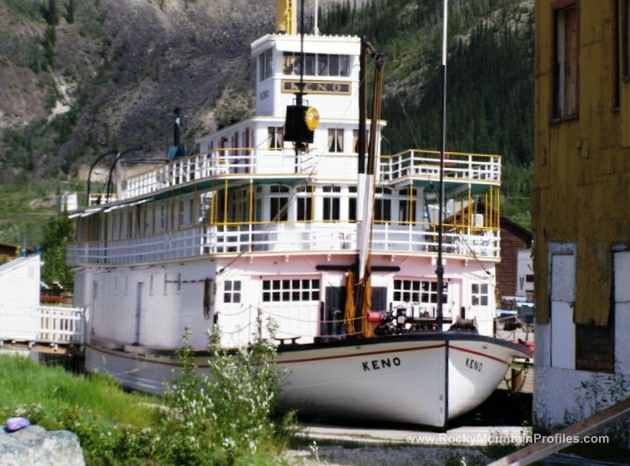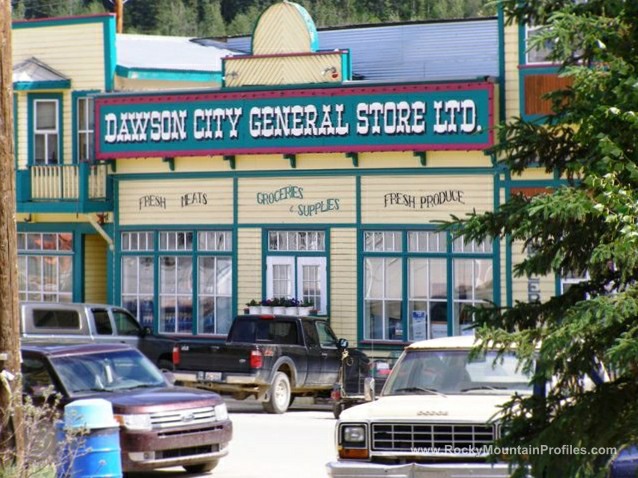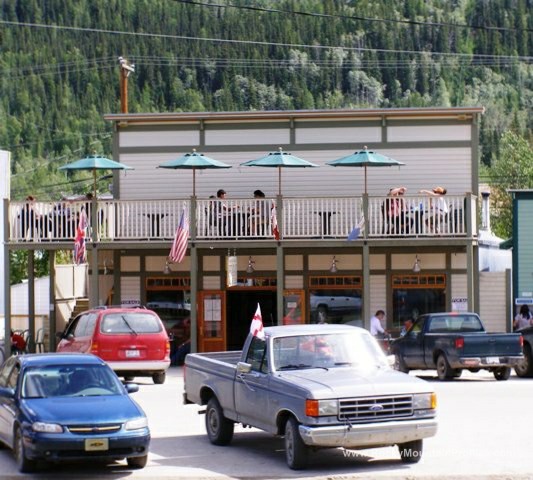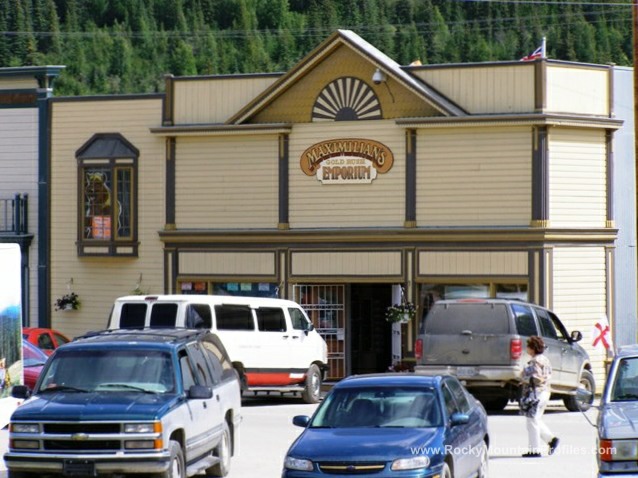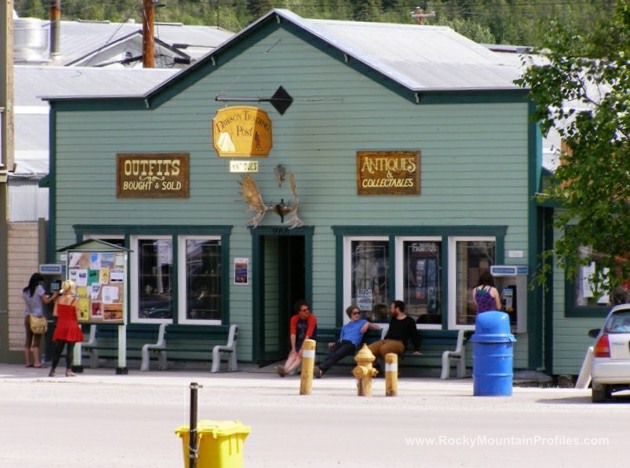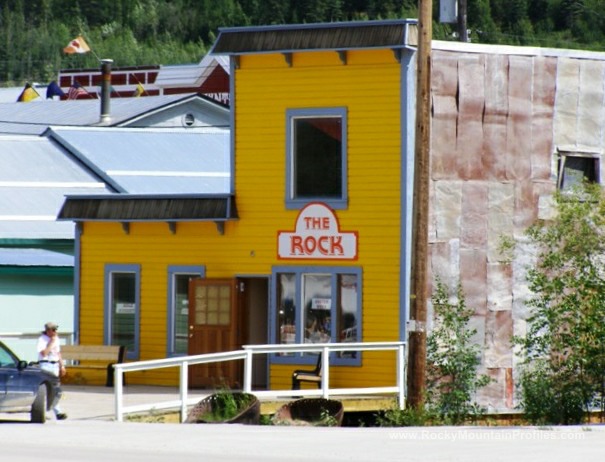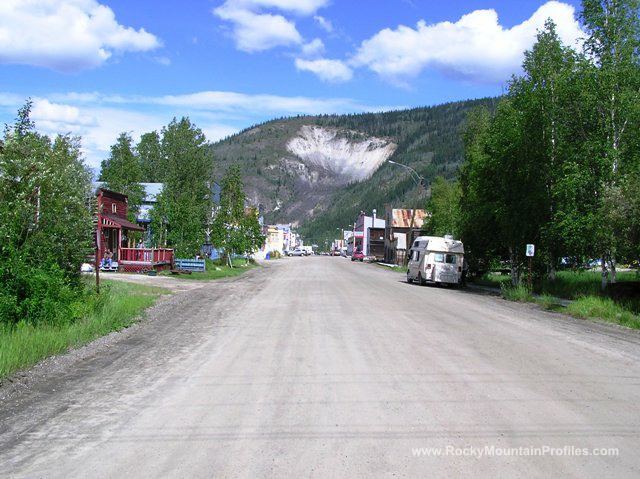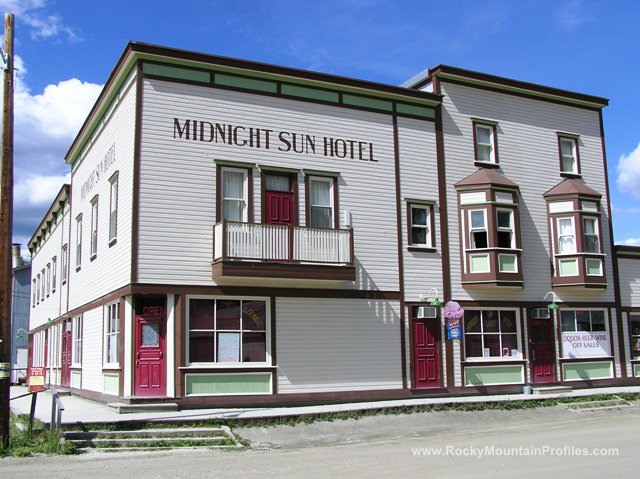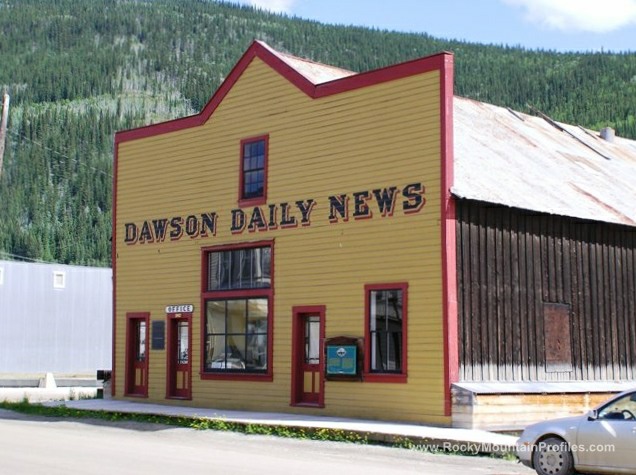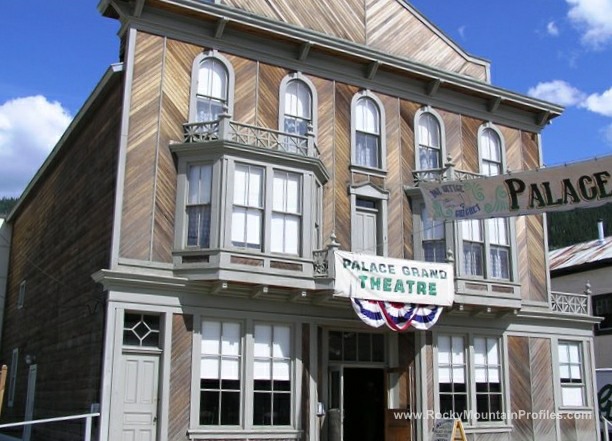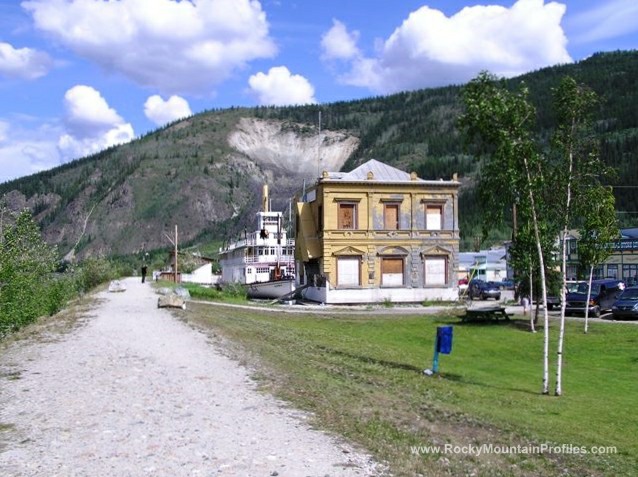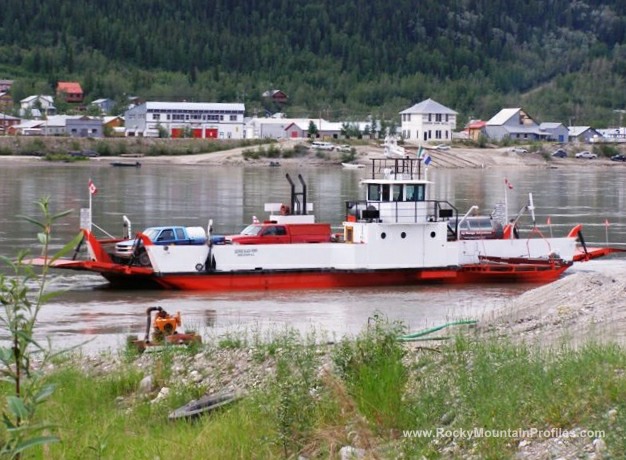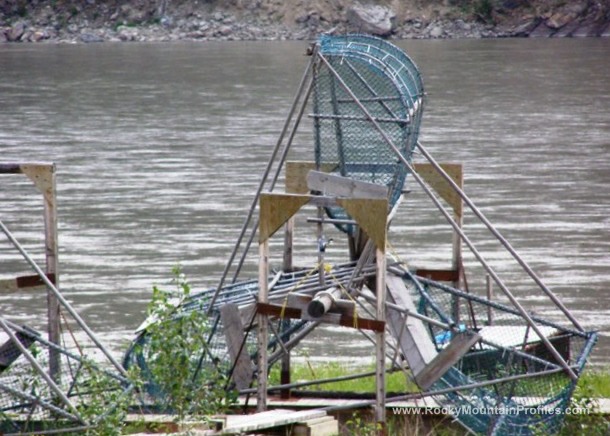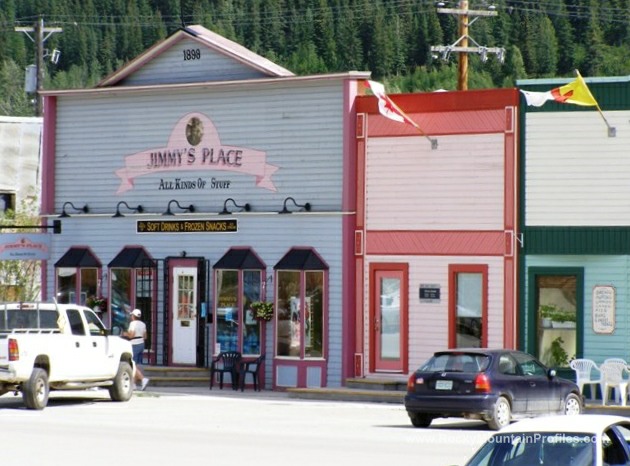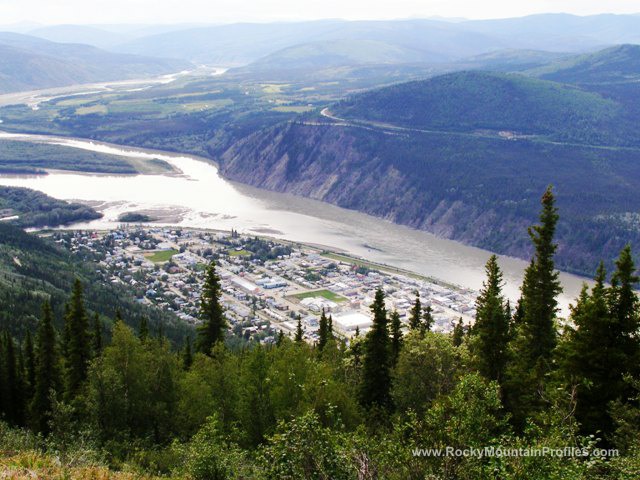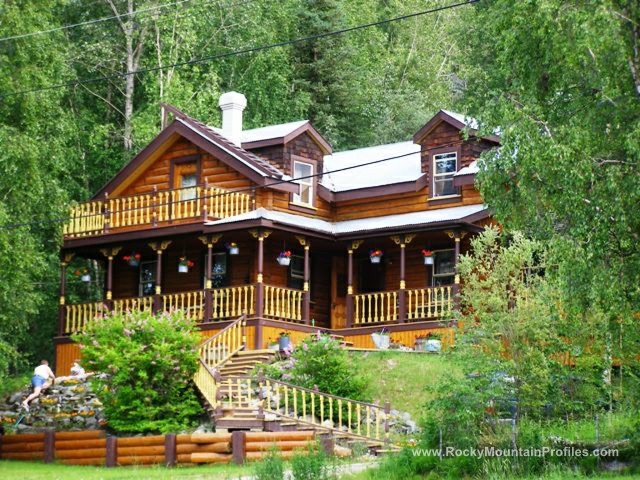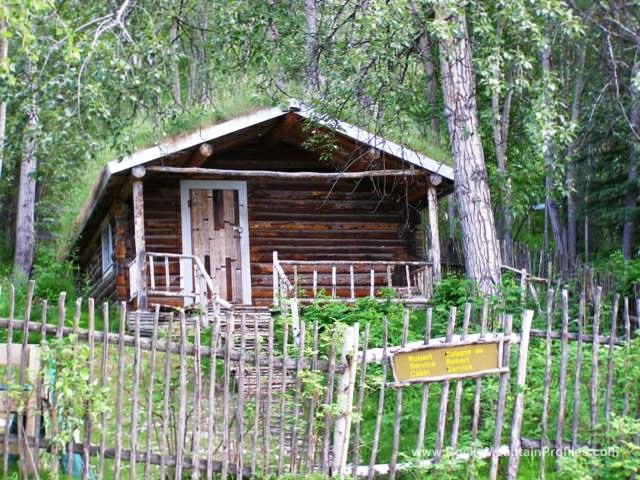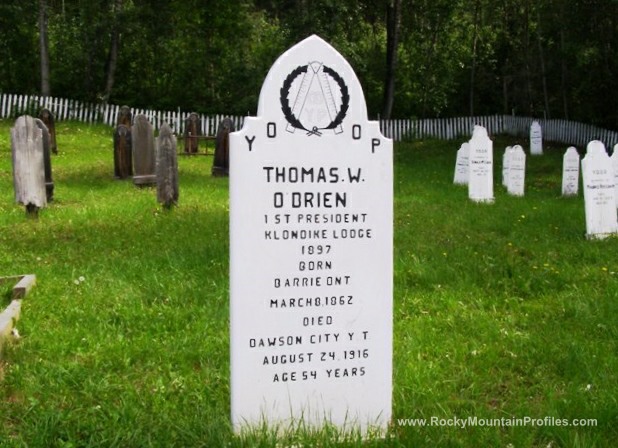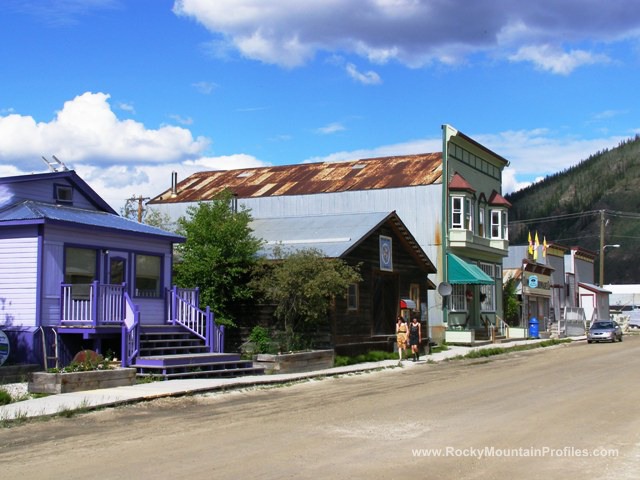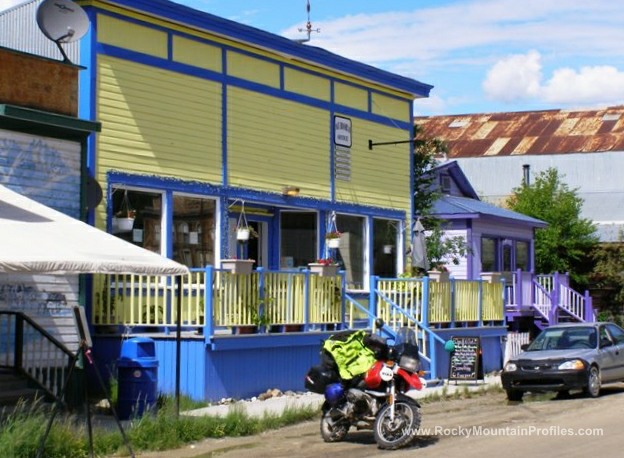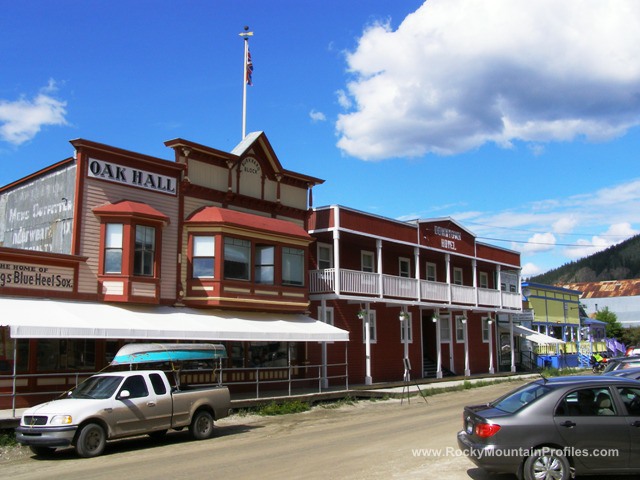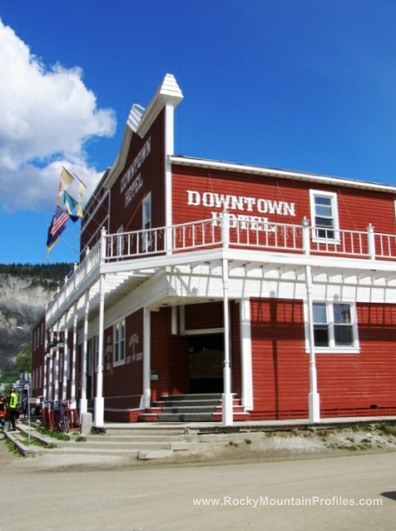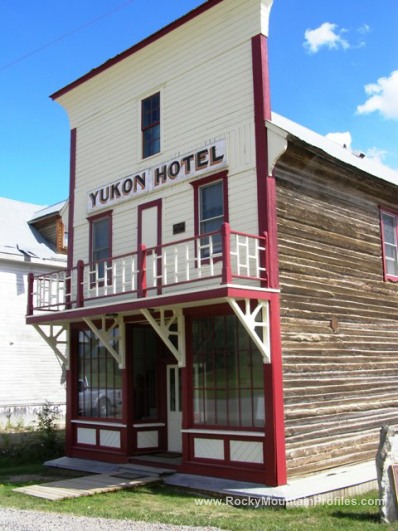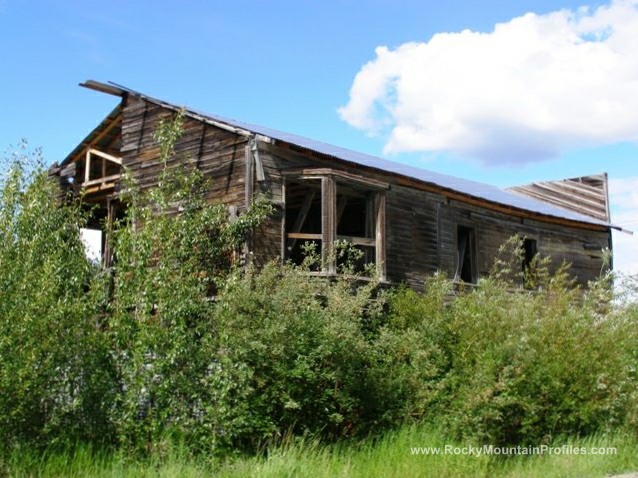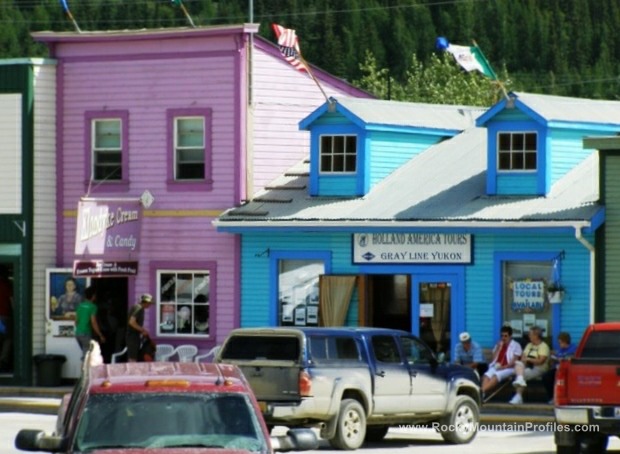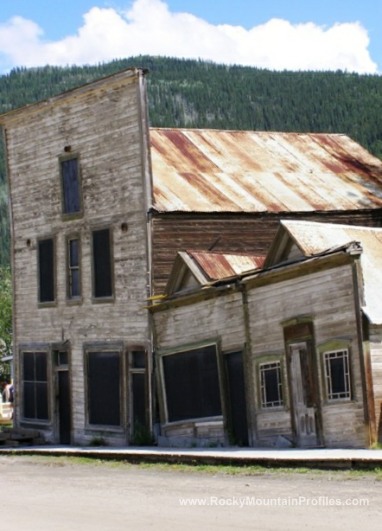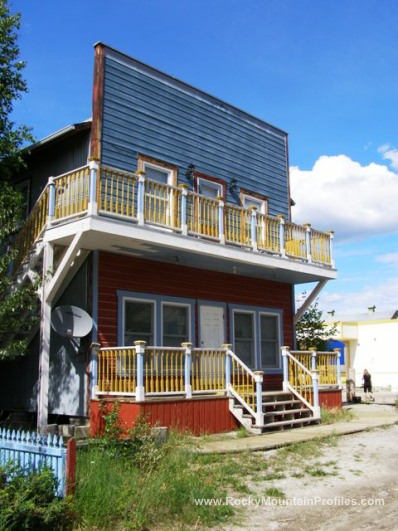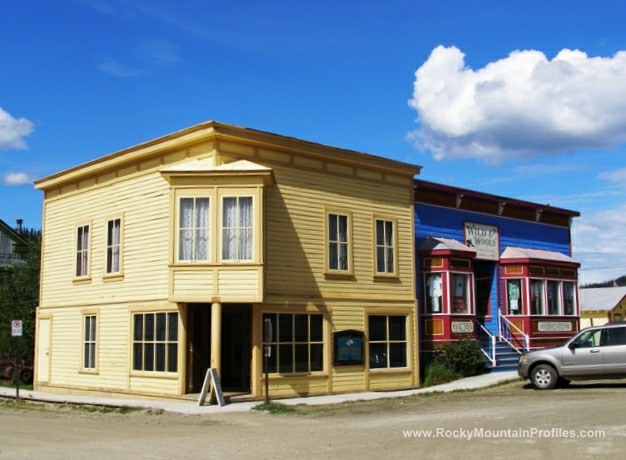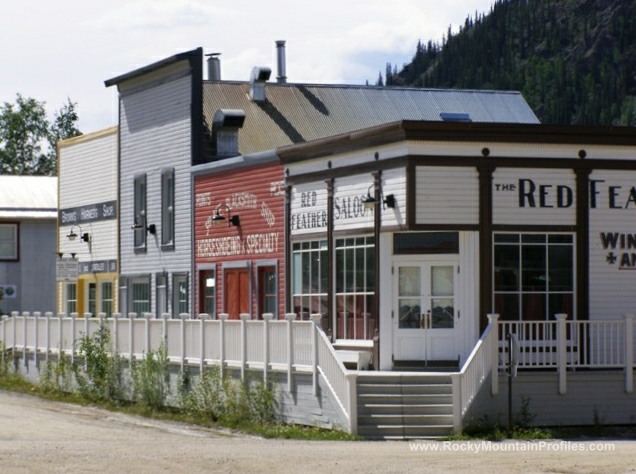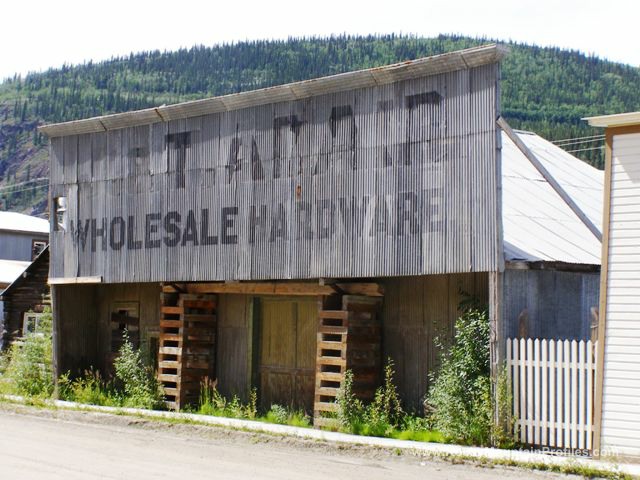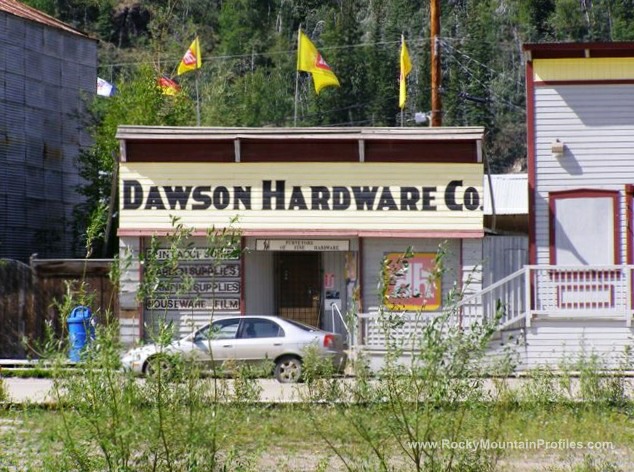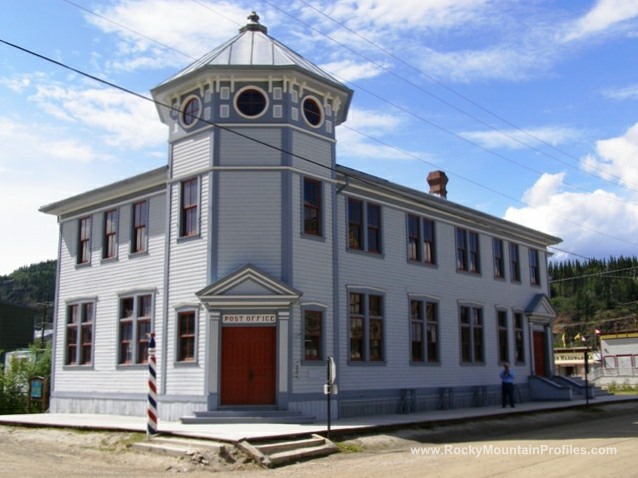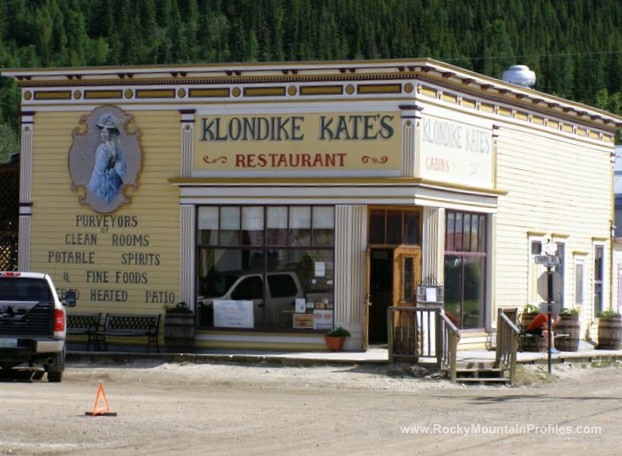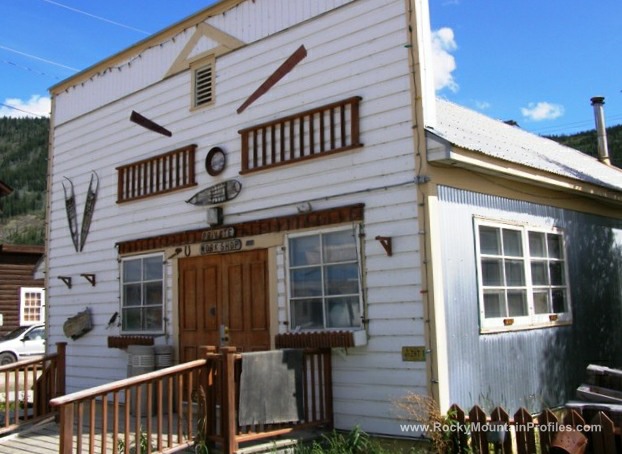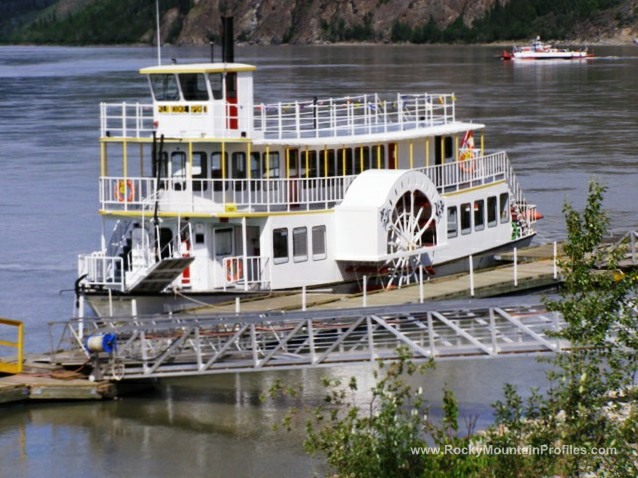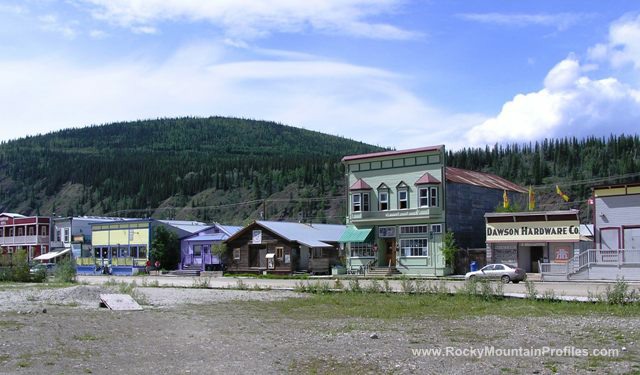Photos courtesy of Mike and Joan Sinnwell June 2010
Dawson City, Yukon Territory Ghost town
Or as other say it, City of Dawson Yukon Territory
Can You believe it? My wife booked a room at the local Bordello for us… What a fathers day present.
This is the heart of the world-famous Klondike Gold Rush. In August of 1896, three Yukon “Sourdoughs”, George Carmack, Dawson Charlie, and Skookum Jim found gold in Rabbit Creek. The creek is now called Bonanza Creek but this strike changed the history of the Yukon. Thirty to fifty thousand stampeders poured into this area. A mixed bag of pick-and-shovel miners, prospectors, storekeepers, saloon keepers, bankers, gamblers, prostitutes and con men arrived in Dawson City.
Dawson City grew in two years to become the largest city in Canada west of Winnipeg. The population fluctuated between 30,000 and 40,000 people.
Its founder was Joe Ladue, a former prospector-turned-outfitter who was on the scene early. He knew from experience that merchants in gold camps prospered more than miners. He had a sawmill at the mining camp of Sixtymile and, while miners staked their claims, Ladue staked out a townsite instead. Newspapers were among the first companies to establish themselves. Other smaller businesses included butchers, bakers, grocers, clothiers, tobacconists, blacksmiths, brothels, gambling halls and no less than 22 saloons. Six sawmills couldn’t keep up with the demand for lumber. A meal that cost 15-cents in Seattle was $2.50 in Dawson and much inferior. Five dollars usually bought a meal of beans, stewed apples, bread and coffee.
Dawson’s reputation as a booming, bawdy frontier town was largely the result of over-zealous writers. Not unlike today’s media, in an attempt to sell newspapers the writers often embellished the facts. Many sourdoughs colored their experiences and observations the way some miners ‘colored’ their pokes of gold dust with brass filings. This simply added interest to the stories.
Dawson City was a great curiosity. It was a ‘boomtown in a bog’. Miners who wore filthy clothes caked with mud, other miners were also filthy rich. In contrast, some dance-hall girls wore the finest of gowns imported from Paris. Some of its residents dined on champagne, oysters and caviar for breakfast, while others existed on stale bread, lard and tea. Many ate beans three times a day, and there were many more that went hungry.
Fire was the greatest threat to the Dawson City. It occurred on a grand scale at least four times.
On Thanksgiving Day, November 25, 1897 with a temperature of 58 degrees below zero a blaze broke out in the M & N Saloon after a dance-hall girl threw a burning lamp at a rival. The blaze destroyed two saloons and the Opera House.
On October 14, 1898 the same dance hall girl left a candle burning on a block of wood. Flames consumed two hotels, the post office and most of Front Street. In all, 26 buildings were destroyed. Think they should have run her out of town.
In February of 1899, fire destroyed nine buildings, but the worst inferno erupted in April–during a strike by firemen–when the temperature was 45 degrees below zero. It started in the Bodega Hotel on Front Street and spread along the waterfront. The entire business district was destroyed and damage was estimated at $1 million.
And Finally on January 10, 1900, the business district was wiped out again by a fire that started in the Monte Carlo Theatre and spread through the saloons and music halls on both sides of Front Street.
Most seekers found no gold at all. But the prospect of sudden riches was not all that mattered. For many of those who made the incredible journey, the Klondike represented escape from the humdrum, the adventure of a new frontier.
Just when order was being created out of all the turmoil, a major gold discovery was made in Nome, Alaska, and an exodus began. News had filtered into Dawson during the winter of 1898, prompting hundreds of gold-seekers to head out along the frozen river. Many more waited until the opening of navigation, and the first steamboats of 1899 left Dawson crammed full of passengers for Nome.
As we checked in to the bordello my wife said, “Just to make sure there is no misunderstanding this place is now a bed and breakfast”. She sure knows how to spoil my day.
